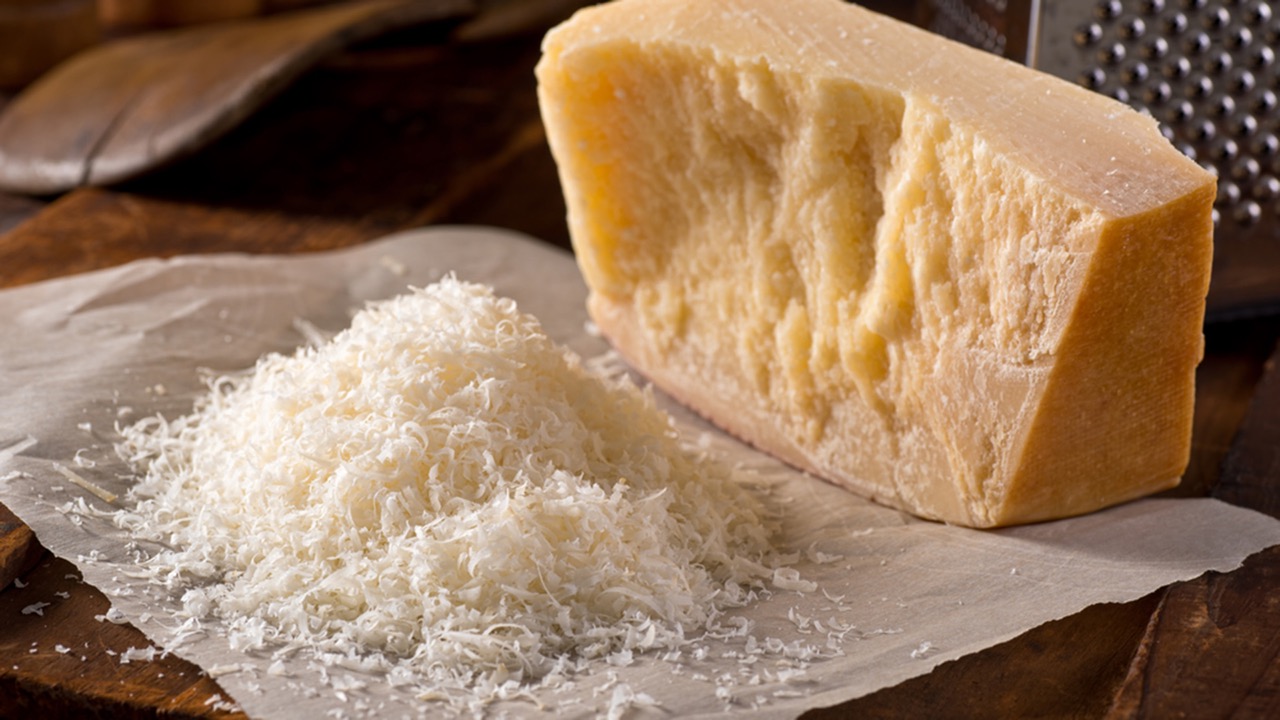

Articles
How To Store Parmesan Cheese Block
Modified: December 7, 2023
Learn the best way to store a Parmesan cheese block in this informative article. Find out how to keep it fresh and preserve its distinct flavor for longer.
(Many of the links in this article redirect to a specific reviewed product. Your purchase of these products through affiliate links helps to generate commission for Storables.com, at no extra cost. Learn more)
Introduction
Parmesan cheese is a beloved ingredient, known for its rich and nutty flavor that enhances a variety of dishes. Whether you’ve just bought a fresh block of Parmesan cheese or have leftovers from a previous recipe, knowing how to store it properly is essential to maintain its flavor and texture.
In this article, we will guide you through the process of storing a Parmesan cheese block to ensure its freshness and quality for as long as possible. From choosing the right storage container to monitoring its freshness, we’ll cover all the necessary steps to keep your Parmesan cheese block in perfect condition.
So, let’s dive in and discover the secrets to storing Parmesan cheese block!
Key Takeaways:
- Properly storing Parmesan cheese block involves choosing the right container, wrapping it securely, finding an ideal storage location, monitoring freshness, and handling mold issues. Enjoy the rich flavor in your dishes for months to come!
- By selecting the right storage container, wrapping the cheese block correctly, and monitoring its freshness, you can ensure that your Parmesan cheese remains flavorful and ready to elevate your favorite recipes. Happy storing and indulging in the deliciousness of Parmesan cheese!
Read more: How To Store A Block Of Parmesan Cheese
Step 1: Choosing the Right Storage Container
When it comes to storing a Parmesan cheese block, selecting the right storage container is crucial to maintain its freshness and protect it from external influences. Here are some tips to consider:
- Airtight and moisture-proof: Opt for a container that is airtight and moisture-proof to prevent the cheese from absorbing any external odors or moisture. This will help maintain its flavor and texture.
- Non-reactive material: Choose a container made of non-reactive material, such as glass or food-grade plastic. Non-reactive materials will not interact with the cheese and alter its taste.
- Size and shape: Consider the size and shape of the container based on the size of your Parmesan cheese block. It should be spacious enough to comfortably accommodate the block without any overcrowding.
Alternatively, you can also use a resealable plastic bag or wrap the cheese tightly in plastic wrap, ensuring all sides are securely covered.
By choosing the right storage container, you are taking the first step towards maintaining the freshness and quality of your Parmesan cheese block.
Step 2: Wrapping the Parmesan Cheese Block
Once you have selected the appropriate storage container, the next step is to wrap the Parmesan cheese block properly. Proper wrapping helps to preserve the cheese’s flavor, prevent drying out, and protect it from external contaminants. Follow these steps to wrap your Parmesan cheese block:
- Pre-cut the wrapping material: Cut a piece of food-grade wax paper or parchment paper slightly larger than the size of your Parmesan cheese block. This will provide a protective barrier between the cheese and the wrapping material.
- Place the cheese on the paper: Put the Parmesan cheese block in the center of the paper, ensuring that there is enough space on all sides to wrap it completely.
- Fold and secure: Fold the paper over the cheese, creating a snug and secure wrap. Make sure there are no gaps or exposed areas of the cheese.
- Seal with an additional layer: For added protection, you can wrap the cheese block with an additional layer of plastic wrap or aluminum foil. This will help maintain its moisture and prevent any air exposure.
Remember to label the wrapping with the date of storage to keep track of the cheese’s freshness.
Properly wrapping your Parmesan cheese block ensures that it remains well-protected and retains its flavor and texture for an extended period.
Step 3: Finding the Ideal Storage Location
Now that you’ve wrapped your Parmesan cheese block, it’s time to find the perfect storage location. The ideal storage conditions will help maintain the cheese’s flavor, texture, and overall quality. Here are some factors to consider when selecting the storage location:
- Temperature: Parmesan cheese should be stored in a cool location with a consistent temperature. The ideal temperature range is between 36°F to 42°F (2°C to 6°C). Avoid storing it in the refrigerator door, as the temperature there can fluctuate more.
- Away from moisture: Ensure that the storage location is dry and free from excess moisture. Moisture can cause the cheese to spoil or develop mold.
- Avoid direct light: Exposure to direct light can affect the quality and flavor of the cheese. Store the cheese in a dark place or wrap it in an opaque bag or container to shield it from light.
- Minimal air exposure: Limit the cheese’s exposure to air, as it can cause it to dry out. Keeping it tightly wrapped in its container will help maintain its moisture level.
Consider storing your Parmesan cheese block in a cheese drawer, if available, or in the coldest part of your refrigerator. If you have a cheese dome or cheese paper, these can also provide additional protection and create an optimal storage environment.
By finding the ideal storage location, you can ensure that your Parmesan cheese block remains fresh and flavorful for an extended period.
Store Parmesan cheese block in the refrigerator in an airtight container or resealable plastic bag to prevent it from drying out. You can also wrap it in wax paper and then in aluminum foil for extra protection.
Step 4: Monitoring the Cheese Block’s Freshness
Monitoring the freshness of your Parmesan cheese block is key to enjoying it at its best. While properly storing the cheese can help prolong its freshness, it’s essential to keep an eye on it and take necessary action if any signs of spoilage or deterioration occur. Here’s how you can monitor the freshness of your cheese block:
- Visual inspection: Regularly check the cheese block for any visible signs of mold, discoloration, or unusual odors. If you notice any of these signs, it’s best to discard the cheese block as it may have become spoiled.
- Texture assessment: Assess the texture of the cheese by gently pressing it. Parmesan cheese should have a firm and slightly crumbly texture. If it feels overly soft or mushy, it may be an indication of spoilage.
- Sense of smell: Trust your sense of smell. A pungent or sour smell may suggest that the cheese has gone bad. Fresh Parmesan cheese should have a pleasant, nutty aroma.
If you notice any changes in smell, texture, or appearance, it’s best to err on the side of caution and discard the cheese block. It’s not worth risking consuming spoiled cheese.
By regularly monitoring the freshness of your Parmesan cheese block, you can ensure that you are enjoying it at its best and avoiding any potential health risks.
Read more: How To Store Block Of Parmesan Cheese
Step 5: Handling Mold or Spoilage Issues
Even with proper storage and monitoring, there may be instances where your Parmesan cheese block develops mold or experiences spoilage. It’s important to know how to handle these issues to prevent contamination and ensure food safety. Here’s what you can do:
- Isolate affected areas: If you spot mold on your Parmesan cheese block, it’s crucial to act promptly. Carefully cut off the affected portion of the cheese, making sure to remove a safe margin around the moldy area. The rest of the cheese can still be consumed, as long as it shows no signs of spoilage.
- Re-wrap the cheese block: After removing the moldy portion, re-wrap the cheese block in fresh paper or plastic wrap. Ensure that the remaining cheese is well-protected to prevent further mold growth.
- Continue monitoring: Keep a close eye on the re-wrapped cheese block to ensure that there are no further signs of mold or spoilage. If the problem persists or worsens, it’s best to discard the entire block.
It’s important to note that not all types of mold are safe to consume. If you are unsure about the type of mold or have concerns about the cheese’s safety, it’s best to err on the side of caution and discard the entire block.
By promptly handling mold or spoilage issues, you can safely salvage the remaining portion of your Parmesan cheese block and reduce the risk of consuming contaminated cheese.
Conclusion
Congratulations! You are now equipped with the knowledge to properly store your Parmesan cheese block and maintain its freshness and quality. By following the steps outlined in this article, you can ensure that your cheese block remains flavorful and ready to elevate your favorite recipes.
Remember, choosing the right storage container, wrapping the cheese block correctly, finding the ideal storage location, monitoring its freshness, and handling any mold or spoilage issues are all essential steps in preserving the integrity of your Parmesan cheese block.
Properly stored Parmesan cheese can last for several months, allowing you to enjoy its delectable flavor for an extended period. However, it’s important to keep an eye on the cheese, conduct regular inspections, and trust your senses to ensure that it is still fresh and safe to consume.
Now that you have mastered the art of storing Parmesan cheese block, go ahead and savor its taste in appetizers, pasta dishes, salads, and more. Let the rich and nutty flavor of Parmesan enhance your culinary adventures!
Happy storing and indulging in the deliciousness of Parmesan cheese!
Frequently Asked Questions about How To Store Parmesan Cheese Block
Was this page helpful?
At Storables.com, we guarantee accurate and reliable information. Our content, validated by Expert Board Contributors, is crafted following stringent Editorial Policies. We're committed to providing you with well-researched, expert-backed insights for all your informational needs.


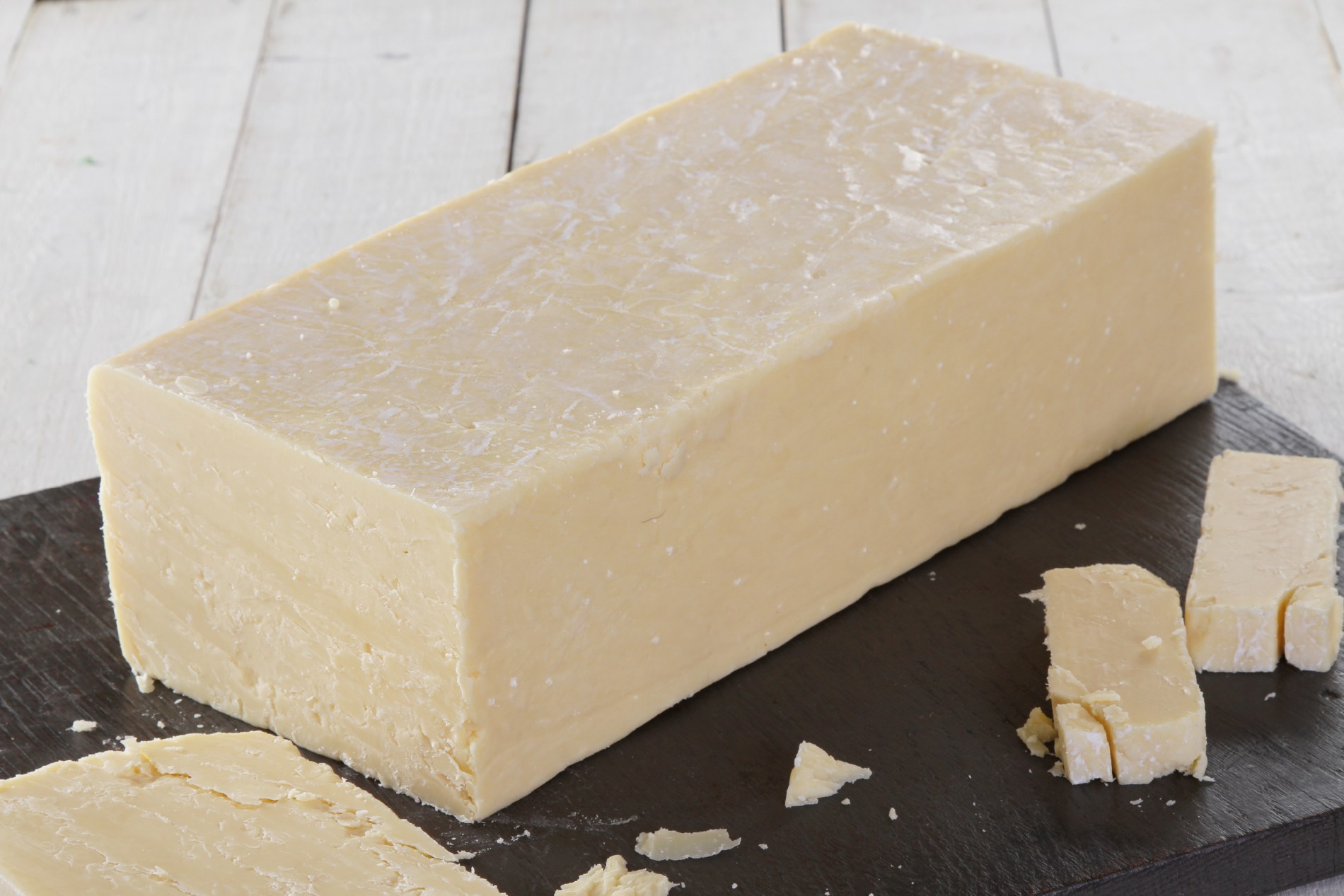

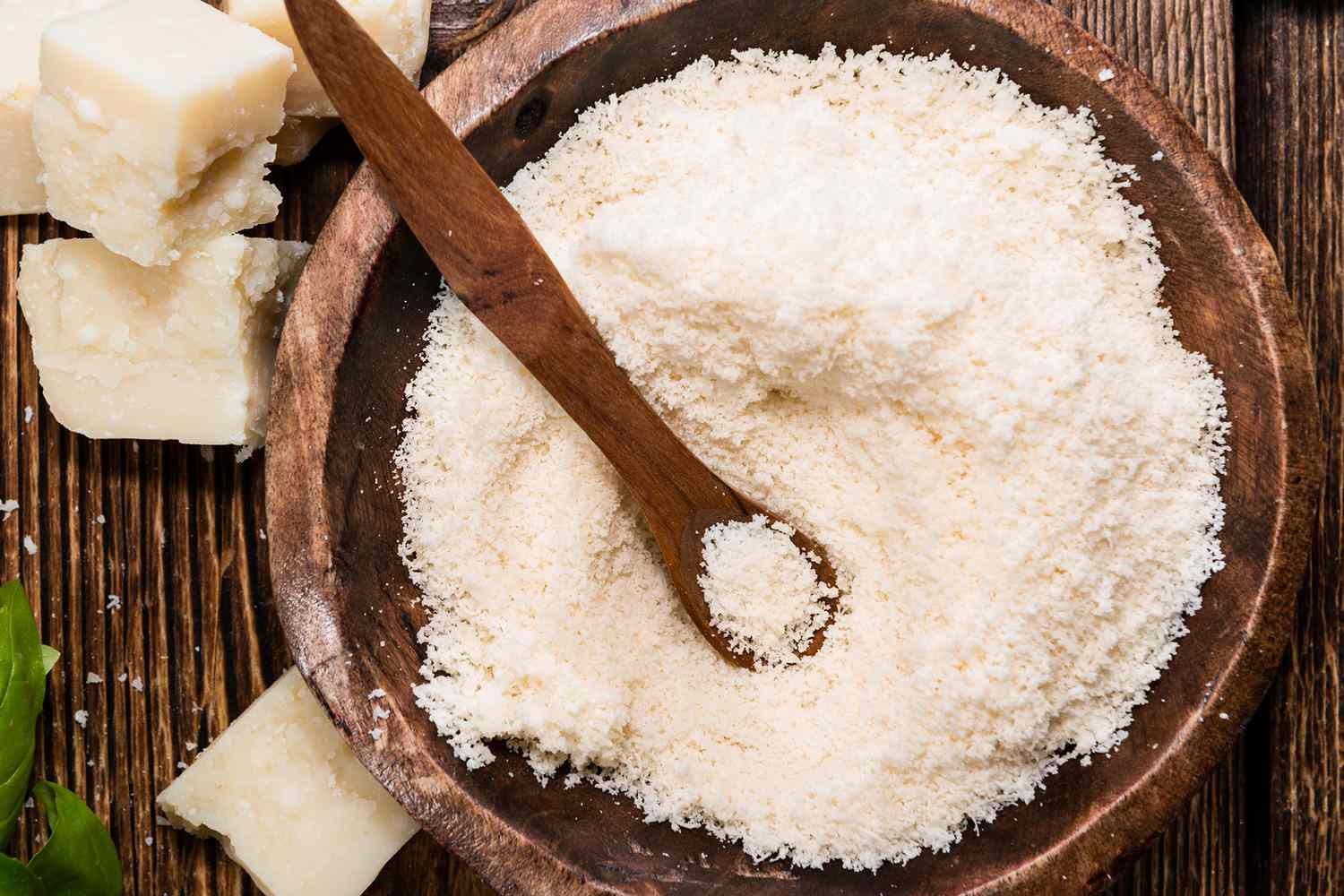
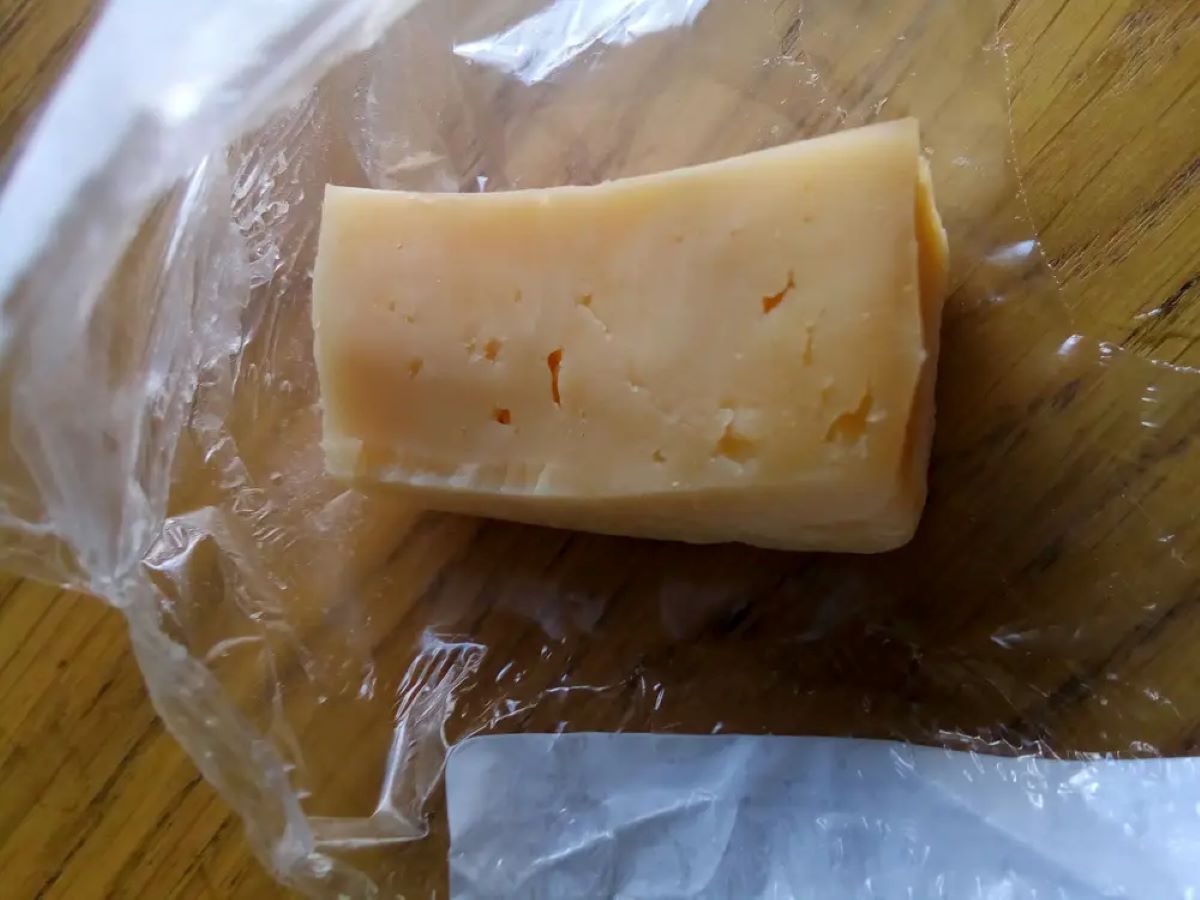

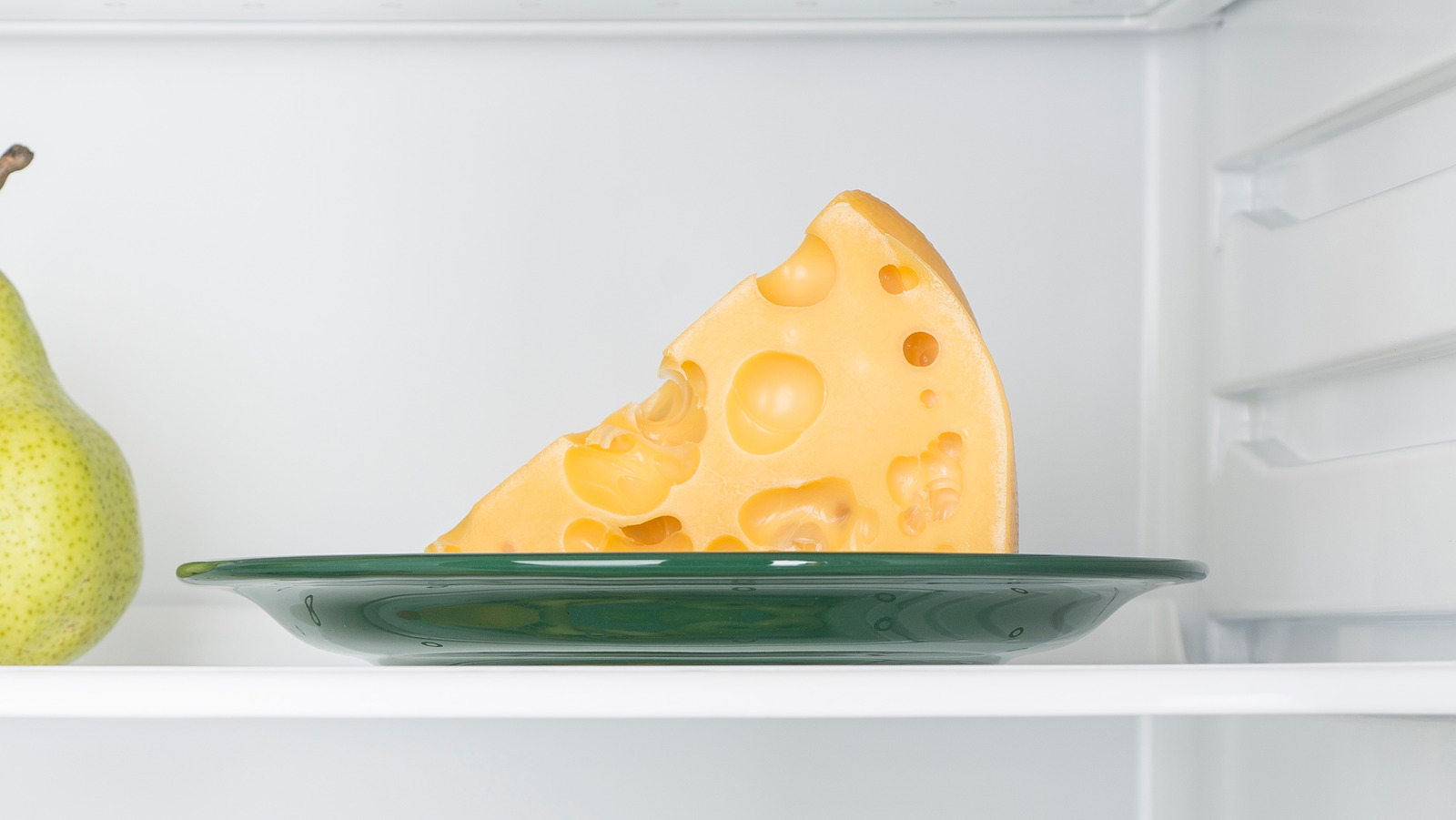





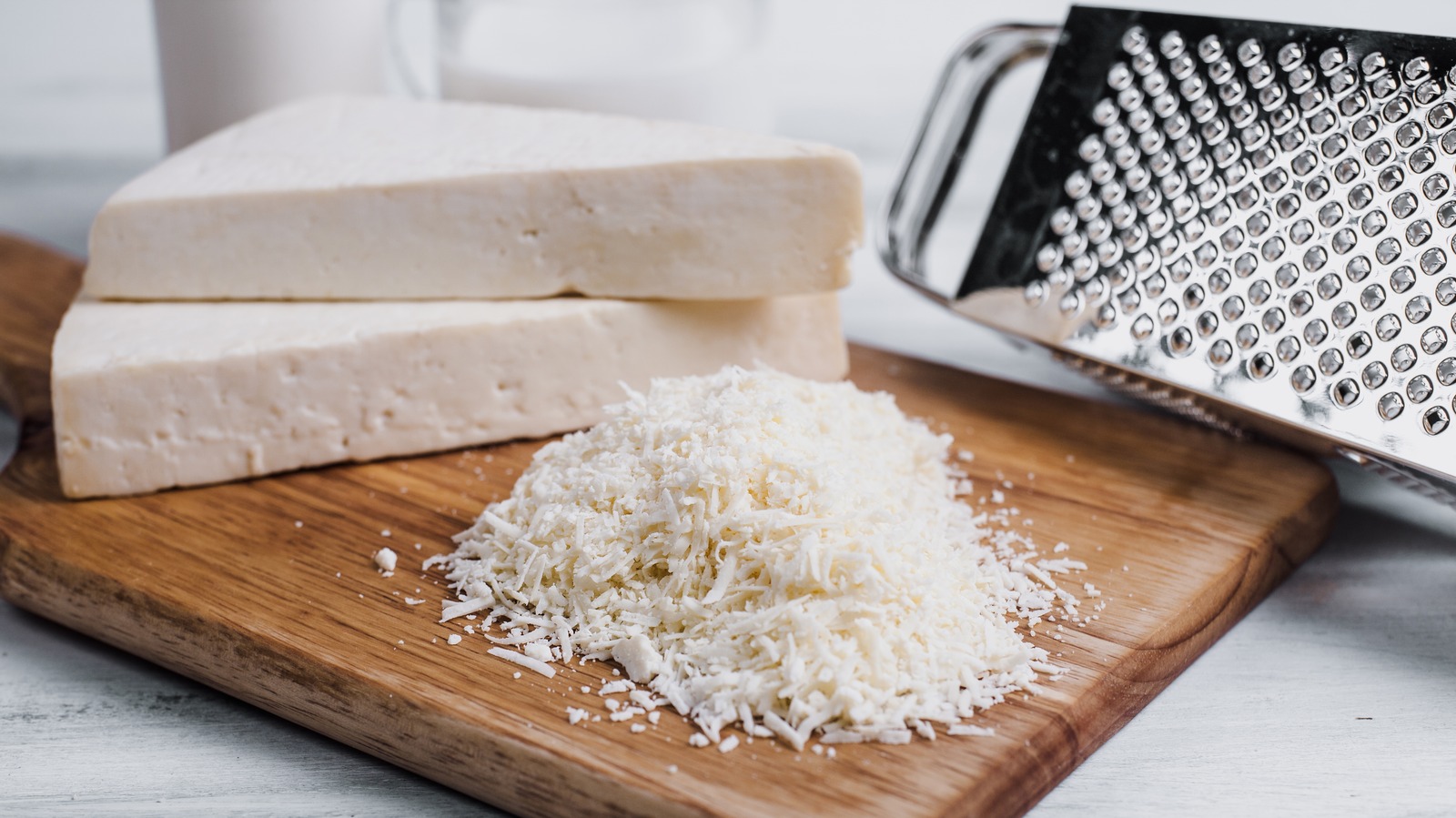

0 thoughts on “How To Store Parmesan Cheese Block”